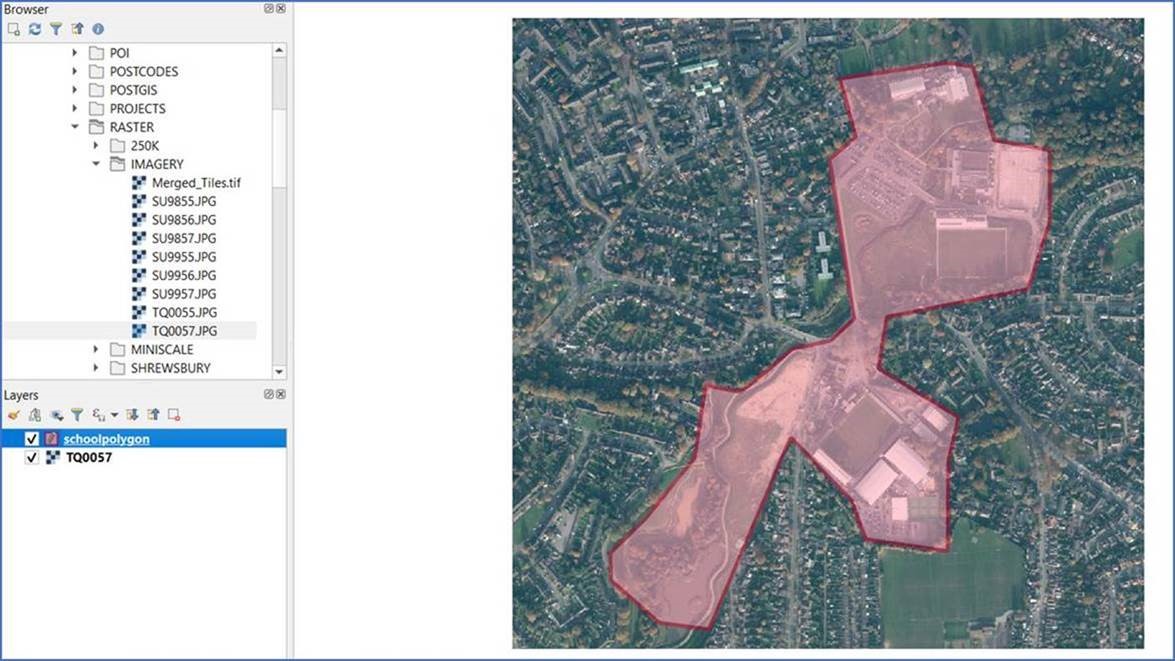


RIGHT click on the layer to bring up a menu of options connected to it.

The shapefile will be added to the Table of Contents panel on the left hand side.The Shapefile Name to save the layer as.The Width of the field for the Attribute.The Name of the Attribute you are tracing.The Type of feature you are tracing - point, line or polygon.Read more about Coordinate Reference Systems. By default, the Coordinate Reference System for the project is used, but you can overide this if you wish. You will be prompted to confirm the Coordinate Reference System for the layer. Select Layer > New > New Shapefile Layer to create the new empty layer for your vector feature.Open the georeferenced image ( Layer > Add Raster Layer) or WMS layer ( Layer > Add WMS Layer) in QGIS.
#Qgis create new raster layer software
Strengths / weaknesses: QGIS is simple, free, open-source software.Output options: A shapefile or KML file with vector features.Input options: Any georeferenced image file ( view list) or WMS layer ( view list) containing features you would like to trace.tif files.Drawing lines, points or polygons (vectors) in QGIS Adding ASC filesįollow the process above but select your. Then click the Style button (bottom left) and choose Load Style. Right click on the layer in the left hand panel and select Properties. You can use this to apply styling to your raster data. Some of the data delivered from Digimap includes a. Note that the data files load in the background but you may see a temporary warning about the CRS (Coordinate Reference System) flash up at the top of the screen if you have not already set the CRS. Use Shift+click to select multiple files. This opens a new dialogue boxĬlick the three dots … at the end of the “Source” field. Open QGIS and go to the menu: Layer > Add Layer > Add raster layer. Go to Settings » CRS » check the “Prompt for CRS” option and click “OK”. NB: if you have trouble retaining the correct projection when you add your data, check the default Project settings. Select OSGB 1936 EPSG: 27700 from the options and click Apply. To do this, click the Current CRS button in the bottom right hand corner. It helps to set the Coordinate Reference System for the QGIS project before importing any data. If you are using multi-band tiffs such as the Land Cover Maps from Environment Digimap you may need to adjust the layer styling. tfw files both have the same name and are stored in the same folder. tif format, you will notice it is includes a.

Raster data can also include DTM and DEM data, as well as “pictures” like the 1:50,000 scale raster data. Some data, such as the digital versions of the Landranger and Explorer maps, are provided as raster data files and do not contain feature geometries.


 0 kommentar(er)
0 kommentar(er)
